Can You Use A Tripod As A Monopod ?
No, a tripod cannot be used as a monopod. A tripod is a three-legged camera support system designed for stability and balance. It provides a solid base for capturing steady shots. On the other hand, a monopod is a single-legged camera support that offers some stability but allows for more mobility and flexibility compared to a tripod. While a tripod can be used with one or two legs folded in certain situations, it cannot function as a monopod because it lacks the necessary design and features.
1、 Tripod vs Monopod: Key Differences and Best Use Cases
Yes, you can use a tripod as a monopod. While tripods and monopods serve different purposes, a tripod can be converted into a monopod by removing two of its legs. This can be useful in situations where you need the stability of a monopod but don't have one readily available.
However, it's important to note that using a tripod as a monopod has its limitations. A monopod is designed to provide stability and support for your camera or other equipment while allowing for quick and easy movement. It typically has a single leg with a foot or spike at the bottom for stability. On the other hand, a tripod has three legs and is designed to provide maximum stability for long exposures or when shooting in low light conditions.
When using a tripod as a monopod, you lose the stability provided by the additional legs. This means that you may not be able to achieve the same level of stability as you would with a dedicated monopod. Additionally, the process of converting a tripod into a monopod can be time-consuming and may not be practical in certain situations.
In conclusion, while it is possible to use a tripod as a monopod, it is not the ideal solution. If you find yourself in a situation where you need the stability of a monopod, it is recommended to invest in a dedicated monopod for the best results.

2、 Using a Tripod as a Monopod: Feasibility and Limitations
Using a tripod as a monopod: Feasibility and Limitations
Yes, it is possible to use a tripod as a monopod in certain situations. However, it is important to understand the feasibility and limitations of such usage.
A tripod is designed to provide stability and support for a camera or other equipment. It typically consists of three legs that can be adjusted to different heights and angles. On the other hand, a monopod is a single-legged support system that offers some stability but not as much as a tripod.
To use a tripod as a monopod, you would need to collapse two of the tripod legs and extend the remaining leg fully. This creates a single-legged support system similar to a monopod. However, it is important to note that using a tripod in this way may compromise its stability and could potentially lead to accidents or damage to your equipment.
The main limitation of using a tripod as a monopod is the reduced stability. A monopod is specifically designed to provide stability in situations where a tripod is impractical or not allowed. It has a single point of contact with the ground, which allows for some movement but still offers support. A tripod, on the other hand, relies on three legs for stability, and collapsing two of them significantly reduces its ability to provide a stable base.
In conclusion, while it is technically possible to use a tripod as a monopod, it is not recommended due to the compromised stability and potential risks involved. If you require the flexibility and portability of a monopod, it is advisable to invest in a dedicated monopod that is designed for that purpose.
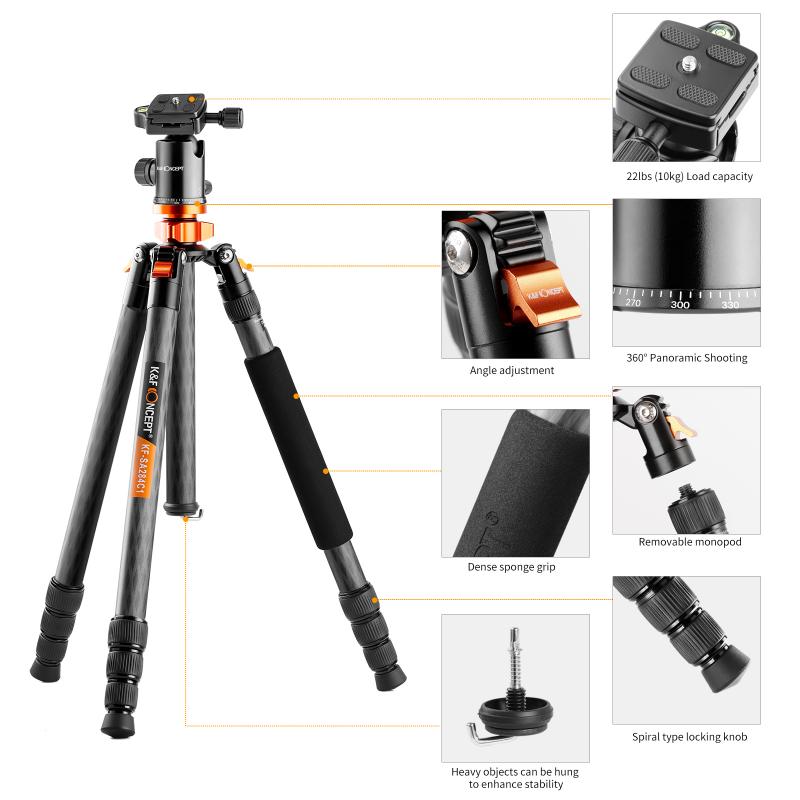
3、 Tripod and Monopod: Pros and Cons for Stability and Portability
Yes, you can use a tripod as a monopod. While tripods and monopods serve different purposes, a tripod can be converted into a monopod by removing two of its legs. This can be useful in situations where you need the stability of a monopod but don't have one readily available.
However, it's important to note that using a tripod as a monopod has its limitations. The main advantage of a monopod is its portability and ease of use in situations where you need to move quickly or have limited space. A tripod, on the other hand, is bulkier and takes more time to set up.
Additionally, a monopod provides stability in one direction, while a tripod offers stability in multiple directions. This means that using a tripod as a monopod may not provide the same level of stability as a dedicated monopod.
Furthermore, using a tripod as a monopod may not be as comfortable or ergonomic as using a dedicated monopod. Monopods are designed with a single leg and often have features like a padded grip or a tilt head, which make them easier to handle and use for extended periods.
In conclusion, while it is possible to use a tripod as a monopod, it may not offer the same level of stability, portability, and comfort as a dedicated monopod. If you frequently find yourself in situations where a monopod would be beneficial, it may be worth investing in a dedicated monopod for the best results.
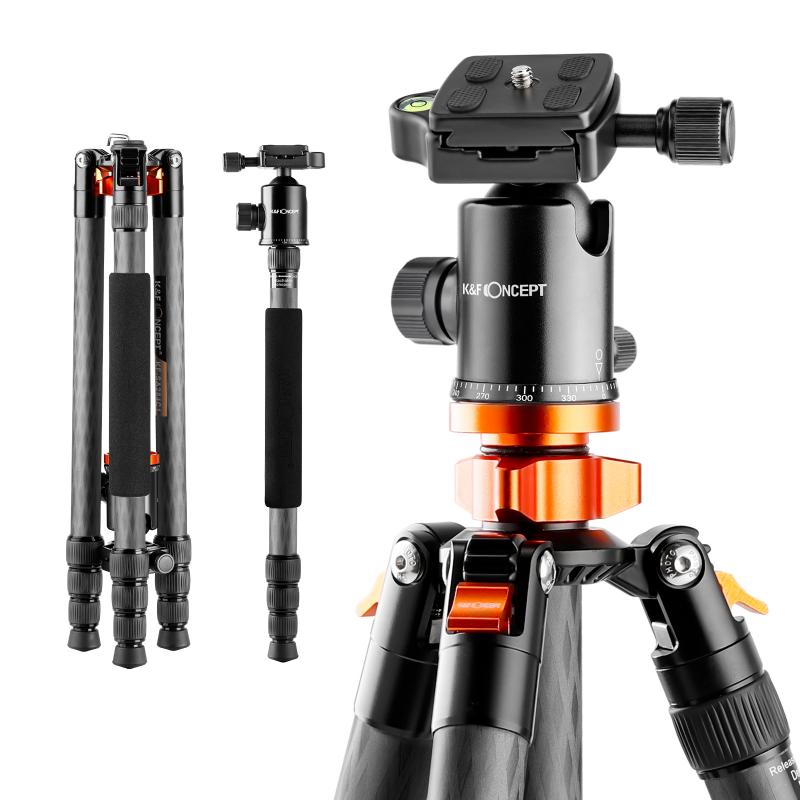
4、 Tripod vs Monopod: Impact on Photography and Videography Techniques
Yes, you can use a tripod as a monopod. While tripods and monopods serve different purposes, a tripod can be converted into a monopod by removing two of its legs. This can be useful in situations where you need the stability of a monopod but don't have one readily available.
A tripod is a three-legged stand that provides excellent stability for photography and videography. It is commonly used in situations where long exposures or steady shots are required, such as landscape photography or shooting in low light conditions. The three legs of a tripod distribute the weight evenly, ensuring that the camera remains steady and reducing the risk of camera shake.
On the other hand, a monopod is a single-legged support that offers some stability while allowing for more mobility. It is often used in situations where you need to move quickly or shoot in crowded areas, such as sports events or street photography. While a monopod doesn't provide the same level of stability as a tripod, it can still help reduce camera shake and provide support for longer lenses.
By removing two legs from a tripod, you can create a makeshift monopod. This can be particularly useful if you find yourself in a situation where you need the stability of a monopod but don't have one with you. However, it's important to note that a tripod converted into a monopod may not provide the same level of stability as a dedicated monopod. The remaining leg may not be as sturdy, and the weight distribution may not be optimal.
In conclusion, while a tripod can be used as a monopod in a pinch, it's always best to use the appropriate equipment for the task at hand. If you frequently find yourself needing the benefits of both a tripod and a monopod, it may be worth investing in both to ensure you have the right tool for each situation.
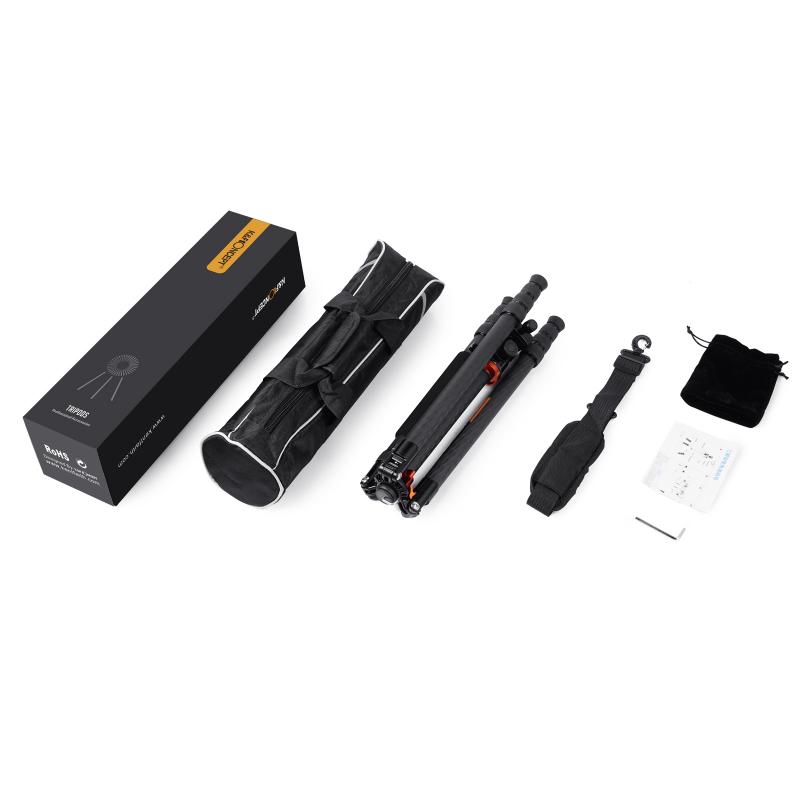










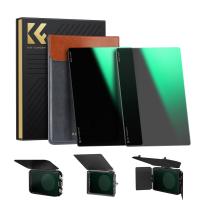



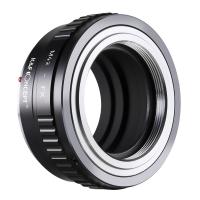


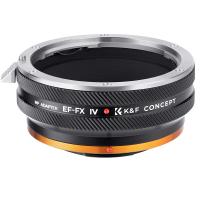
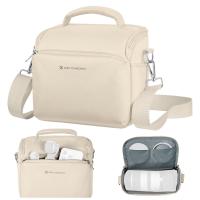

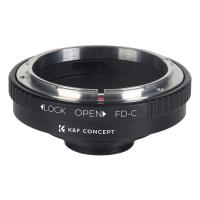
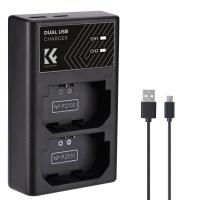
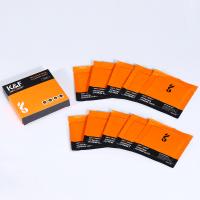

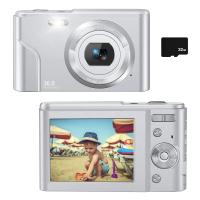
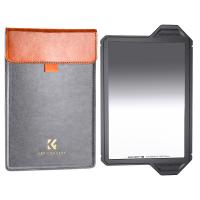
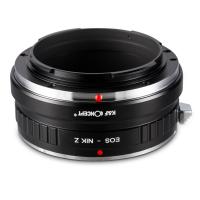

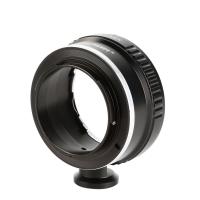

There are no comments for this blog.